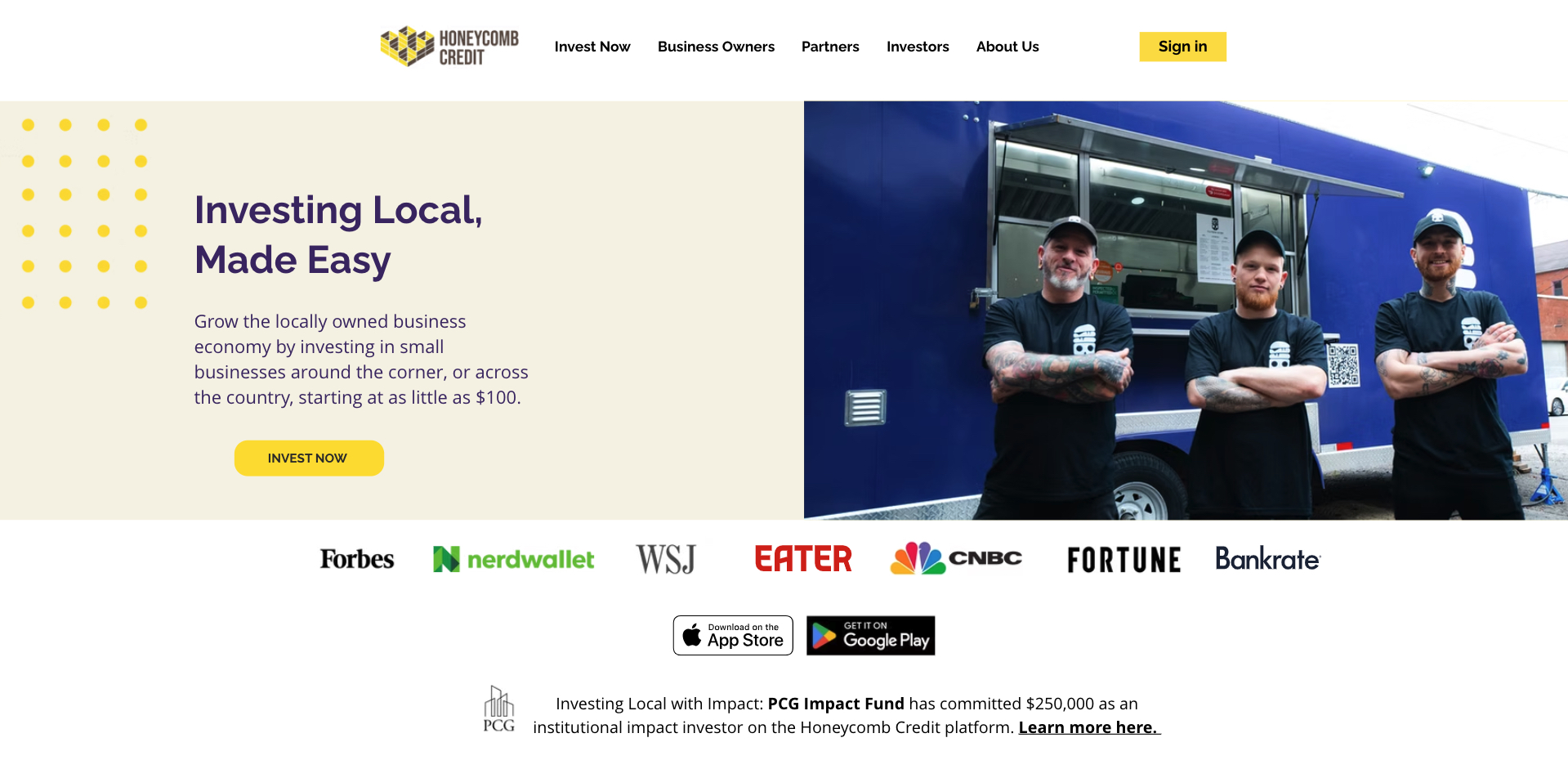Nick Bereza is the founder of Unimatch AI™️ — an AI-powered matchmaking and crowdfunding platform for venture investments in startups.
Startups often fail not only because of poor ideas, business models or markets but also due to weak management and chaotic operations.
As a founder and former C-level executive of a venture fund, I’ve seen thousands of startups plagued by disorganization and lack of structure. Imagine yourself as an investor: Would you fund a startup where no one keeps track of every dollar spent? Most likely not, as you’d know your money could simply “disappear,” and the founder might not even be able to explain where it went.
In this article, I’ll share my management approach, which has been shaped by 12 years of hands-on experience in managing teams and processes within large organizations and startups.
When Should You Start Systematizing And Digitalizing Team Processes?
This is one of the most common questions I hear. Founders generally dislike operational tasks, but I, on the contrary, enjoy building systems and organizations.
There’s a common myth that a “super manager” will come along and fix everything for you. However, such professionals are typically drawn to well-structured environments. If your operations are messy and lack direction, it will be difficult to find a top-tier professional to join your team.
So, when should you start? On day one. This includes foundational aspects like setting up secure processes. For instance, all services and tools should be registered under one corporate email to avoid losing intellectual property when employees leave.
I approach management scientifically, continuously studying methodologies and best practices. Here is a step-by-step plan for building a structured, scalable startup.
Step-By-Step Plan
1. Build A Billion-Dollar Model In Excel First
Mathematics is the foundation. If your financial model doesn’t generate the right numbers, there’s no point in moving forward.
Make the model dynamic, allowing you to adjust numbers and key parameters to see how they impact the business. It’s crucial to identify the key drivers that boost unit economics. Even minor fluctuations—such as a 0.20% change in one metric—can lead to exponential business growth through compounding effects.
2. Define Roles And Responsibilities
Create an organizational structure where everyone knows:
• Their role.
• The metrics and functions they are accountable for.
• The value they bring to the company.
Include this information in your onboarding document. When a new team member joins, they should review this document as part of their onboarding process. At the end of the onboarding, they can complete a knowledge test to ensure they understand the material.
3. Establish Core Policies And Culture Before Hiring
• Select essential IT systems (e.g., Notion for management, Slack for communication, Figma for design, etc.).
• Set a rule: All services must be registered with corporate emails.
• Early hires set the pace and culture of the entire team. Mistakes in hiring are costly, so approach this process thoughtfully.
4. Set Up Regular Meetings
Structure workflows through regular meetings, such as:
• Weekly meetings to review progress and set priorities.
• Daily standups for the product team.
• Monthly financial planning to analyze expenses and investments.
• 1-on-1 meetings with each manager to align and make decisions.
At Unimatch, all meetings are recorded, transcribed and summarized. This saves time and keeps me updated on all processes.
5. Plan Sprints
Planning is essential for effective work:
• Plan sprints biweekly and review the results of the previous ones.
• Organize all tasks using a framework in your productivity software. (We use Notion, but there are many options.)
This approach makes the business scalable and reduces dependency on individual team members. When operations are structured, onboarding new team members becomes significantly faster and more efficient.
6. Ensure Legal Protection
Protect your intellectual property and company rights. You can do this by:
• Signing contracts with every employee detailing rights to all created materials.
• Using a hiring checklist to ensure proper legal onboarding.
7. Digitalize All Business Metrics
At Unimatch, we track everything in our productivity application, including:
• Employee onboarding.
• Financial planning.
• Development management.
I recommend building dashboards to monitor key metrics like leads, meetings, pitches, average deal size and more.
8. Consider Investor Relations
Use equity management software (we use Cake) to streamline investor relations. Ensure that:
• Each investor can see their shares.
• They have access to information about the current funding round and share prices.
• The software offers automated document handling.
9. Develop Hiring And Onboarding Processes
I have a proprietary scoring model for evaluating high-performing candidates who deliver a strong return on investment. Define the requirements for skills, qualities and experience; make sure they align with the role and the company culture. Consider both technical and soft skills, as well as specific achievements or experiences, that indicate a strong match for the position.
Key points:
• Define the ideal candidate profile.
• Always check references.
• Create a detailed onboarding plan to help new hires quickly become productive.
10. Determine Key KPIs And How You’ll Motivate Employees
For truly exceptional people, I’ve found that money isn’t typically the top priority. Those who are used to working in a corporate environment from nine to five may not be what you need at the startup stage. A well-structured equity allocation plan can help a startup optimize its payroll expenses while attracting highly engaged team members who are genuinely invested in the long-term success of the project. For example, at our company:
• Salaries are lower than the market average, but this is balanced by bonuses and equity.
• Financial transparency allows managers to see every dollar spent and earned, enabling them to participate in strategic decisions.
It’s impossible to condense years of practical experience into a single article, but this framework outlines the main points you’ll need to consider.
Forbes Business Council is the foremost growth and networking organization for business owners and leaders. Do I qualify?


